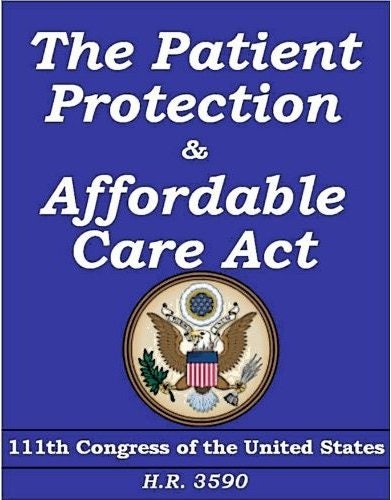 For information on individual and small-business enrollment issues, start out the process at healthcare.gov.
For information on individual and small-business enrollment issues, start out the process at healthcare.gov.I thought this was interesting in light of the California Affordable Care Act insurance exchange plan premium estimates I reported on a bit in this post from earlier in the year: New York State has now released approved premium rates from several insurers in the exchanges for the bronze, silver and gold level plans on offer there. On average, for the most-expensive plans, the state estimated a 50 percent reduction in cost of individually-purchased plans.
This is to be expected, some watchers say, given New York and many other states reporting lower exchange premiums already require insurers to sell to people who are already sick — the individual markets on the exchanges in those states is unlikely to be flooded with new (read: unhealthy) applicants when the exchanges open for business.
In any case, this post isn’t about the politics of all this, but rather about the bottom line. Take a look at New York’s 2014 health-insurance exchange rate table, showing prices from different insurers by region and moving top to bottom from gold to bronze plans. Prices are for individual adults, and multipliers (x2 for spounses, x1.7 for extra covered children, x2.85 for family coverage) are referenced. Some of these prices are more affordable than what I pay out of pocket for the insurance I get through my employer’s plan, though at the top end, where the offered plan most closely resembles what I have today, they’re as expected a bit more pricey given my employer covers some of the premiums for me.

If you’ve purchased your own insurance for the last several years, how does your individual or family rate compare to what New York’s showing us for next year?
If you don’t have insurance now and don’t feel like you need it but will have to buy an individual policy or pay the penalty at tax time next year, the question is what’s more affordable, of course — the tax or the insurance itself? Find the penalties for the first three years (they grow pretty quickly to top level in year three) via this post. If you don’t have a family, and if the published New York rates are a reliable indication of what will happen for the rest of the country (they’re not, ultimately, but variation may be slight in many states), for the first two years it’s probably cheaper to pay the penalty, ultimately. Come 2016, however, that comparison reverses, for individuals and likely for many would-be-covered families as well.
One factor not considered in that analysis, however, is that many individuals will qualify for rebate subsidies on their insurance purchases in the exchanges. If those offsets are substantial enough, you may be best served from both financial and health perspectives to go on and buy insurance when the exchanges open later this year.
At least, if you’re a small business with 50 or more employees, you’ll have an extra year to comply with the employer mandate to provide employees’ insurance or, again, face a fine, in case you missed the update. Obama delayed that mandate to 2015 due to reporting/logistical implementation issues.













